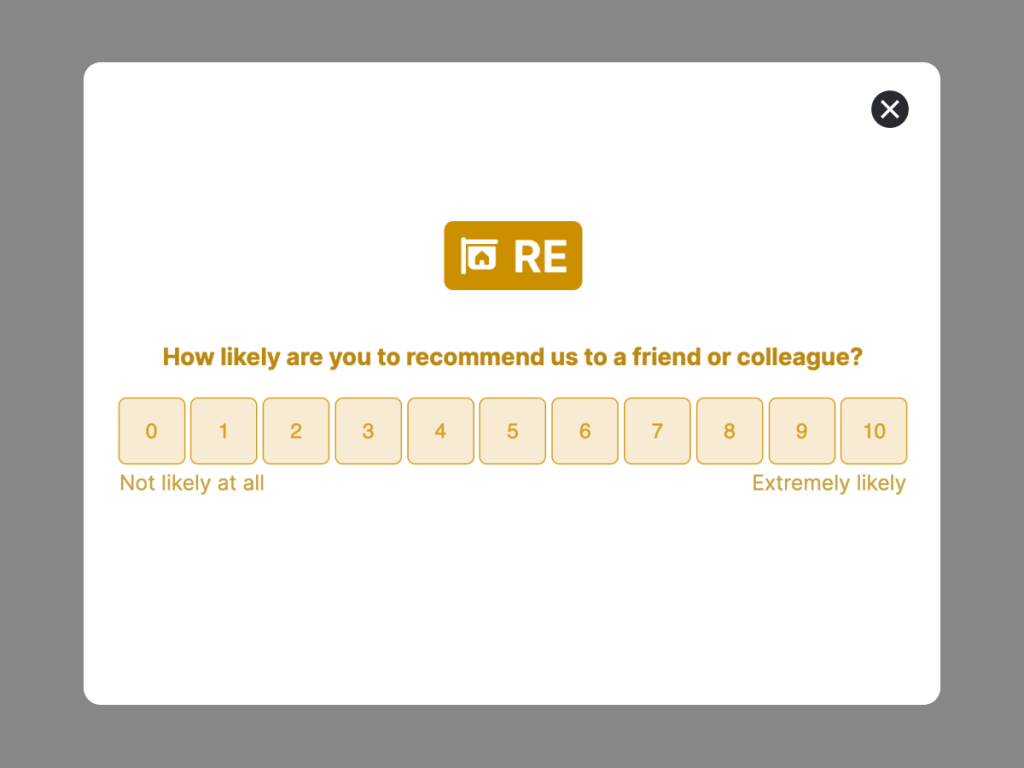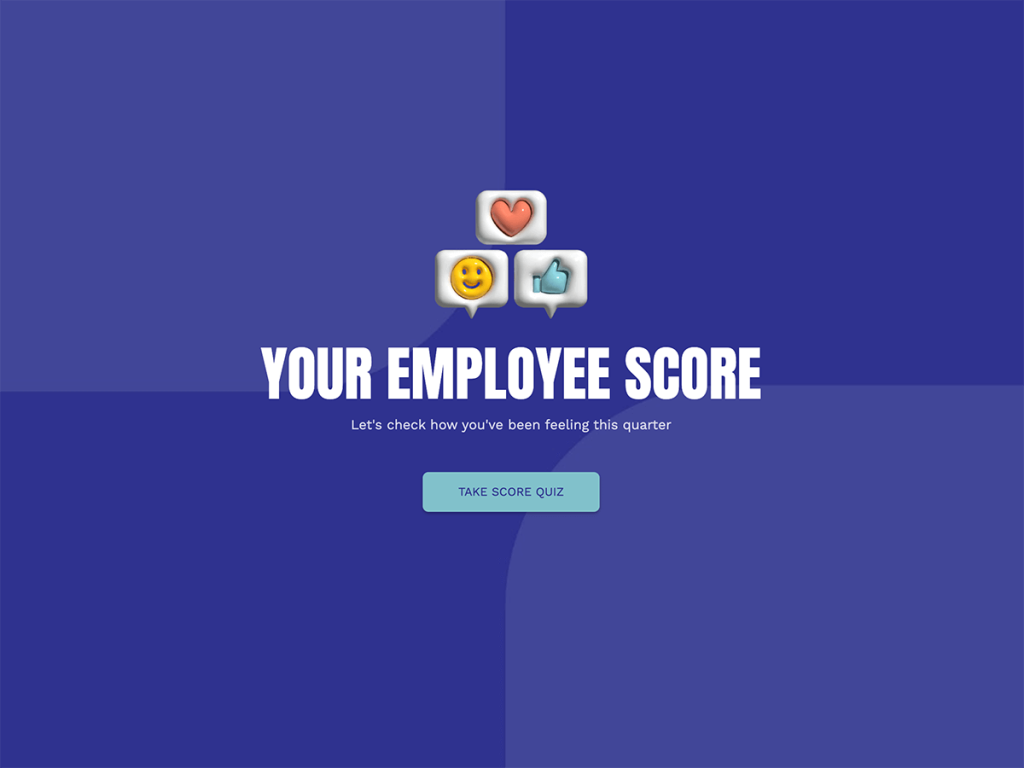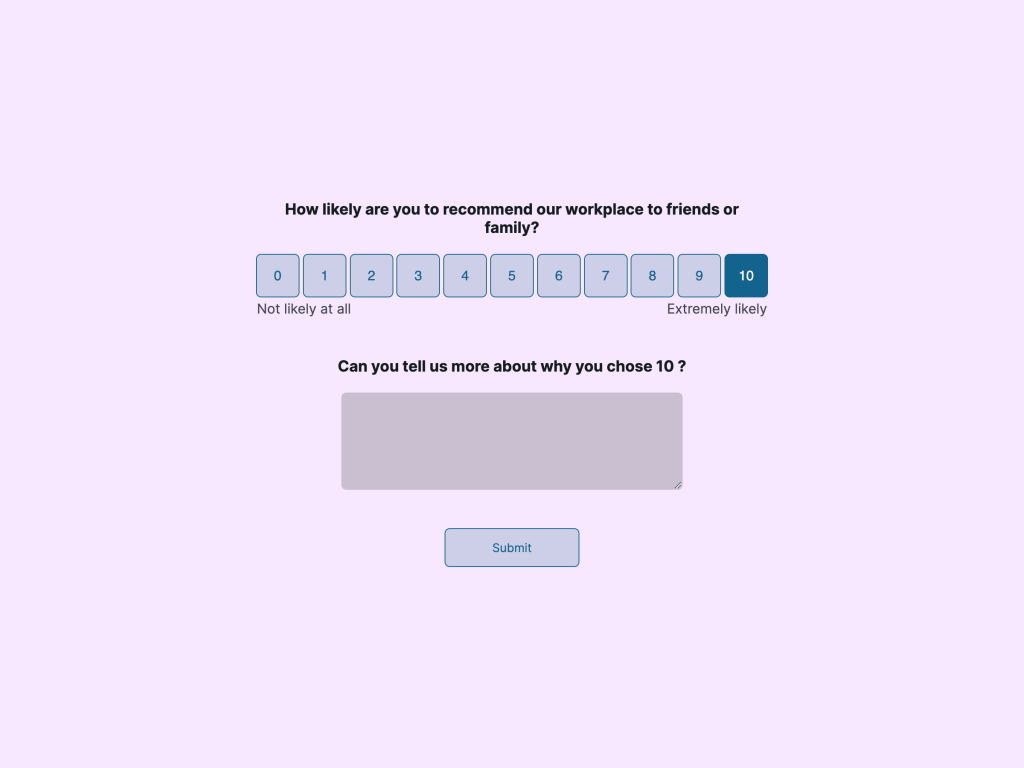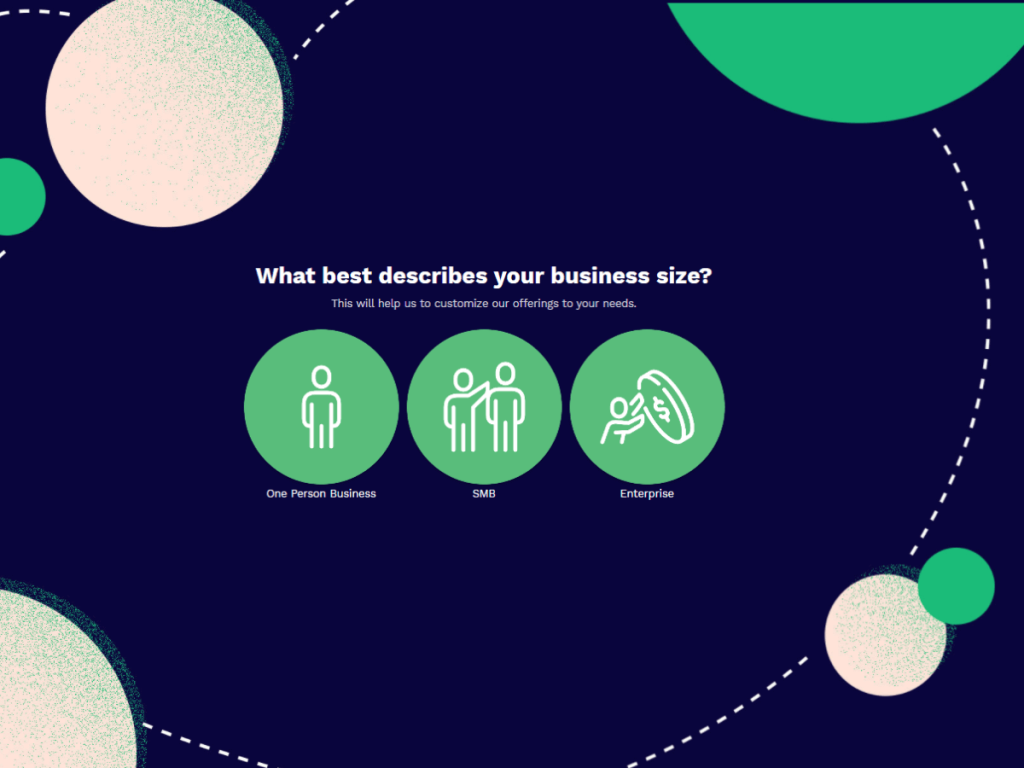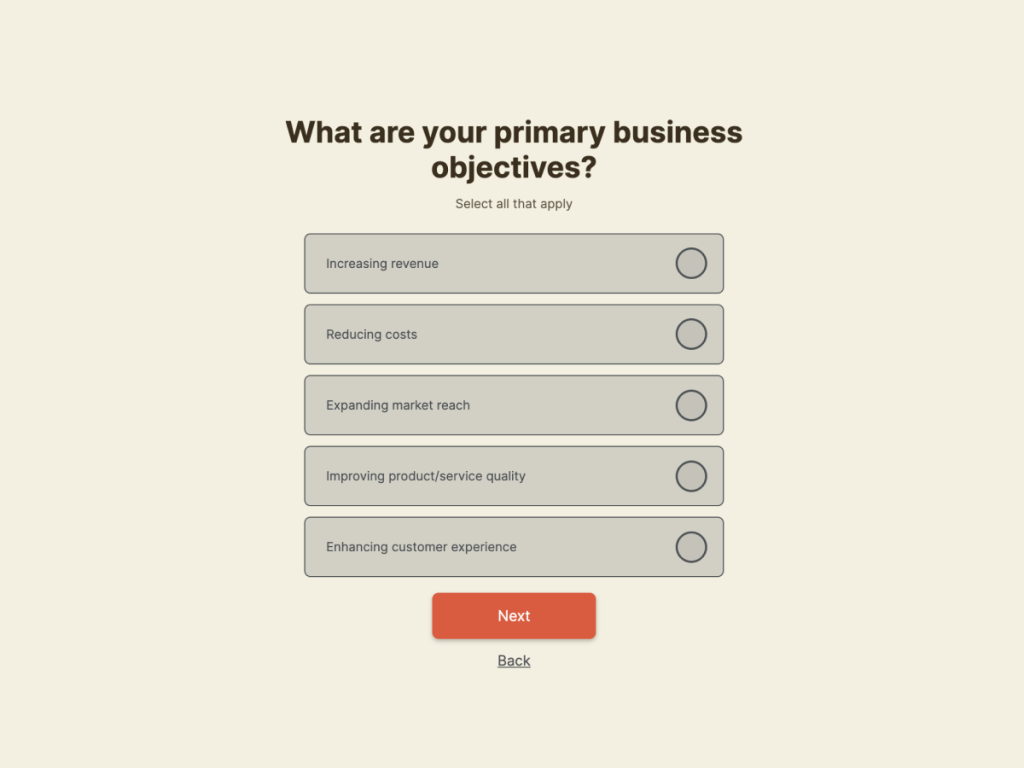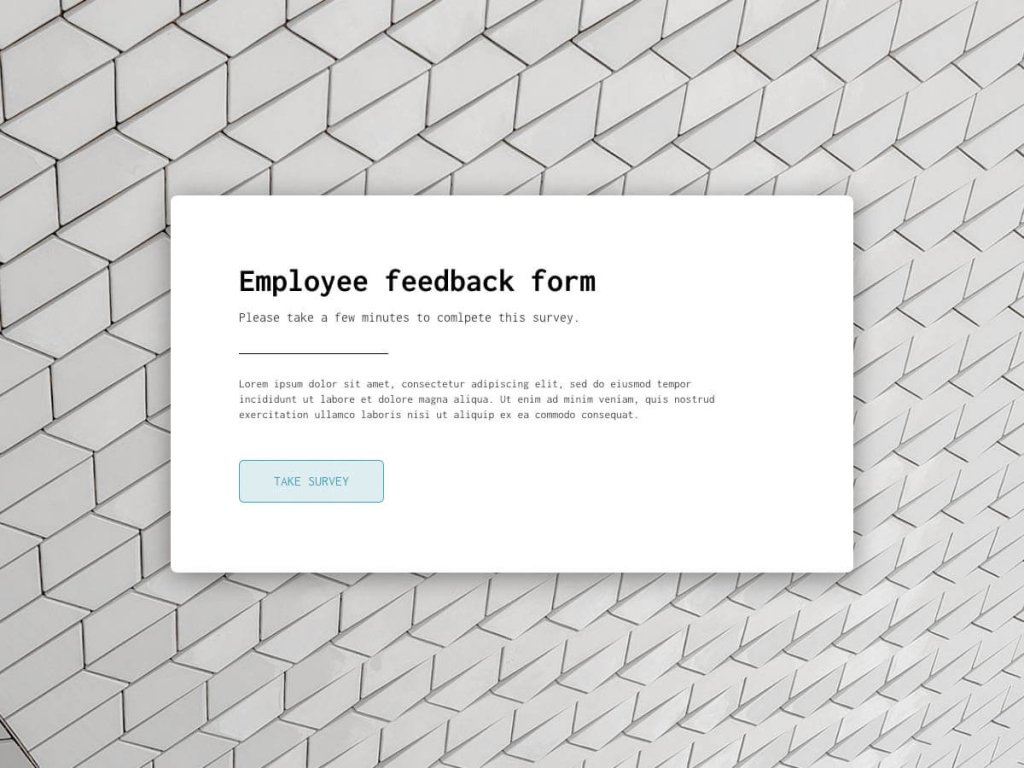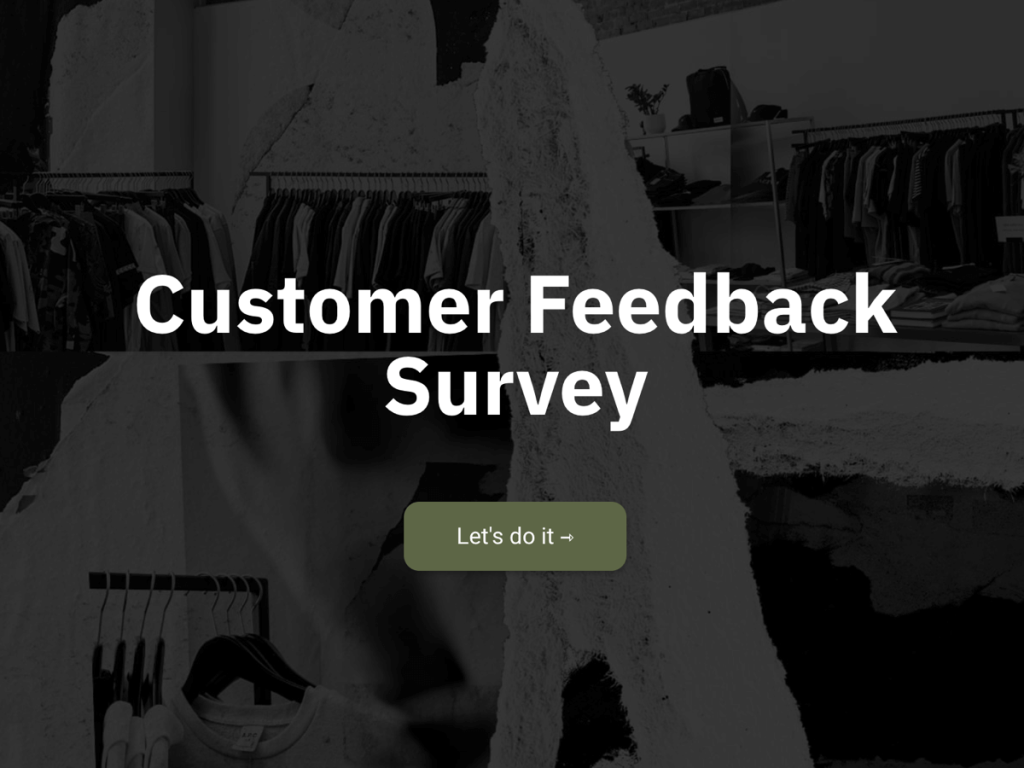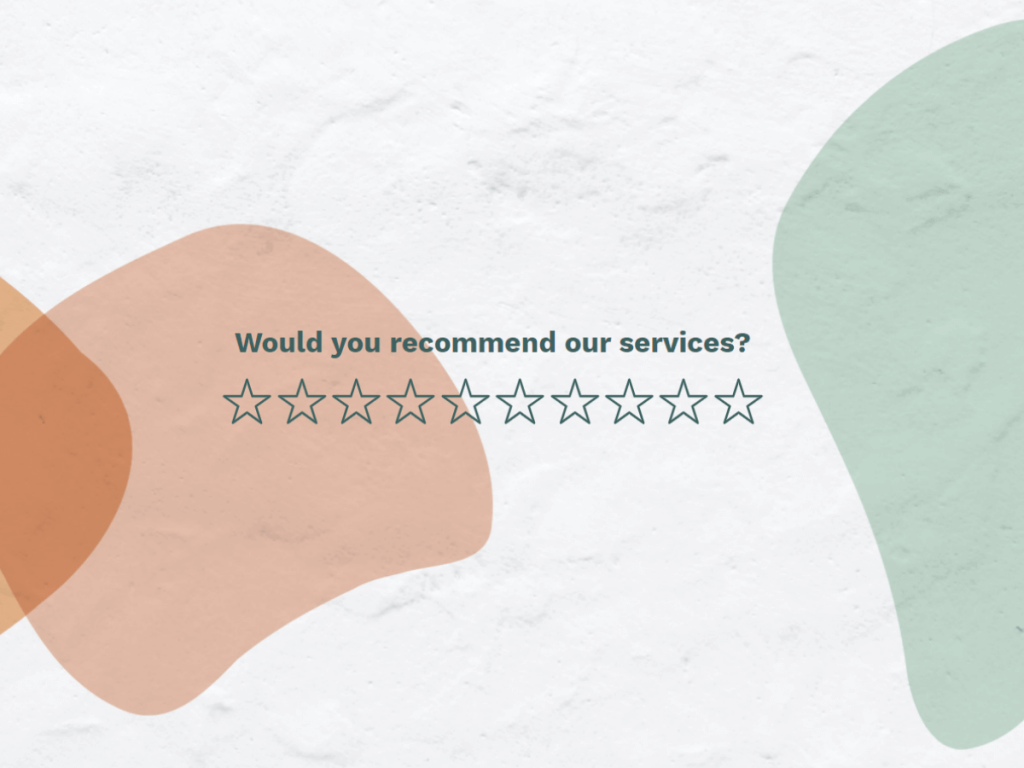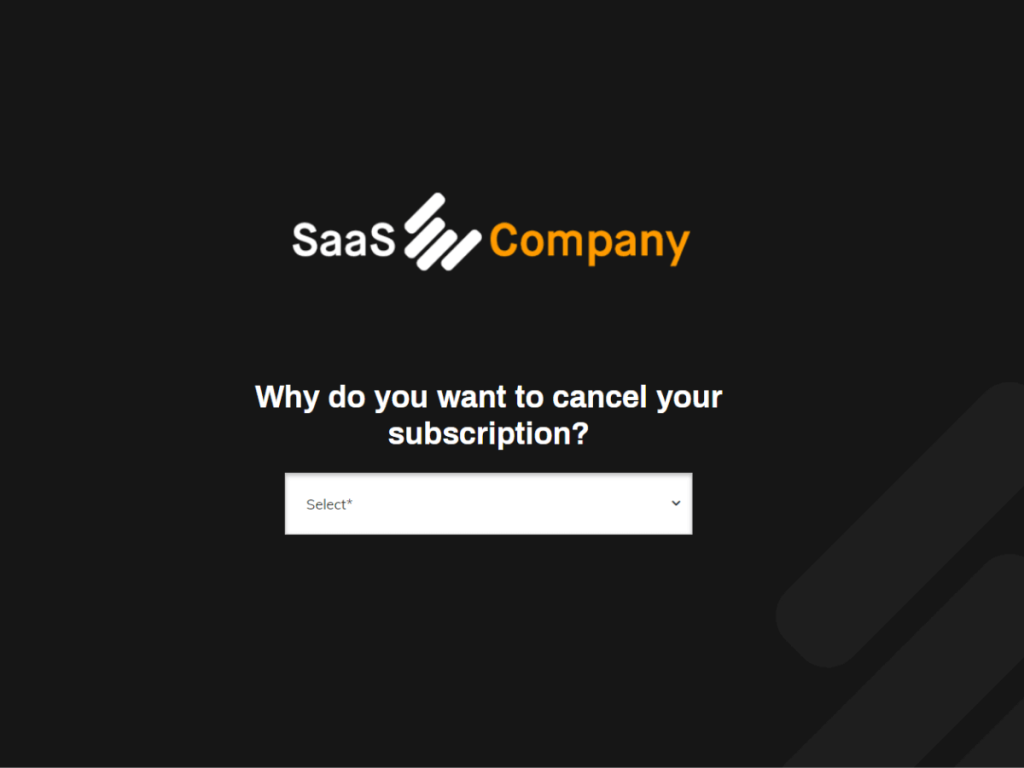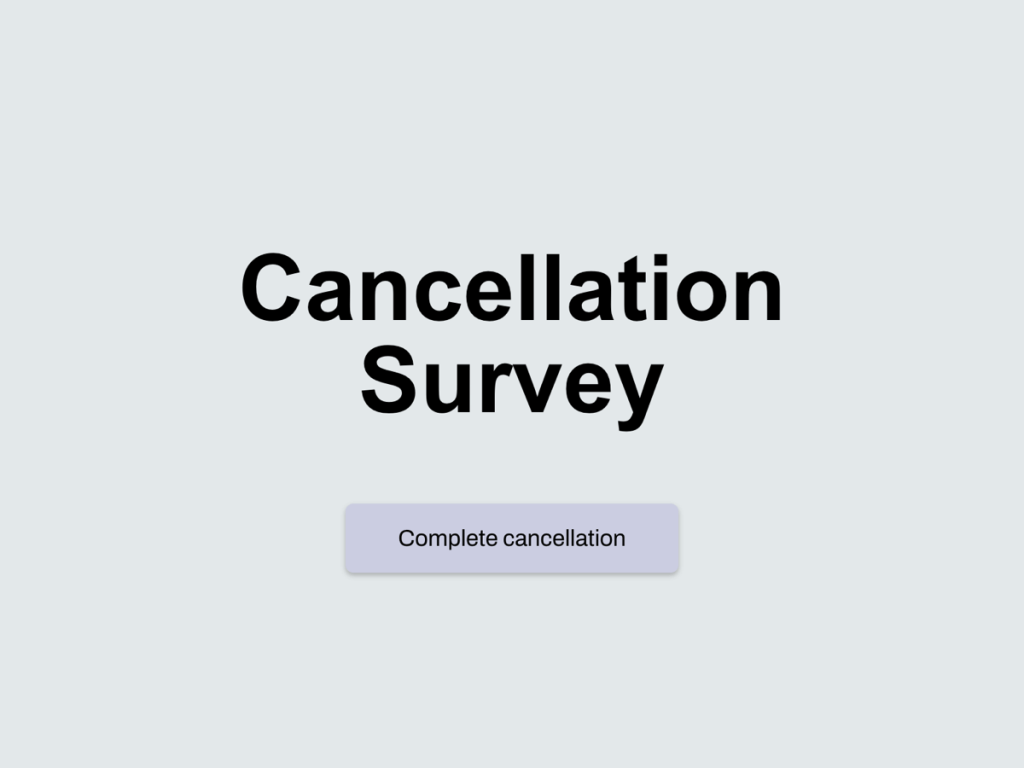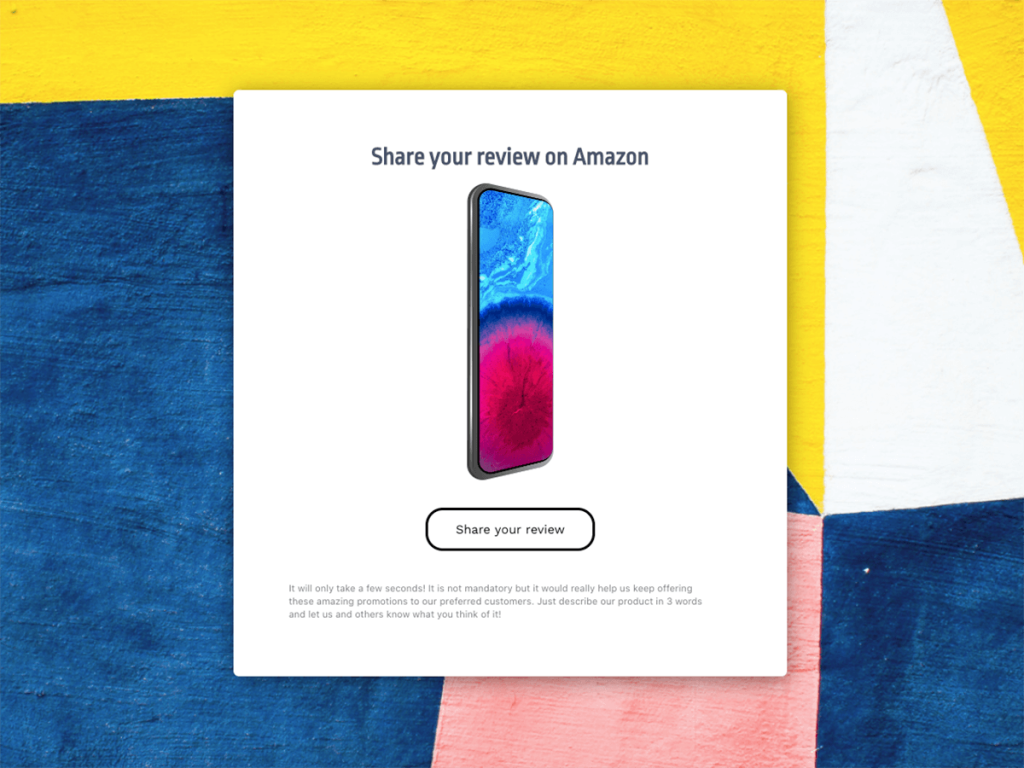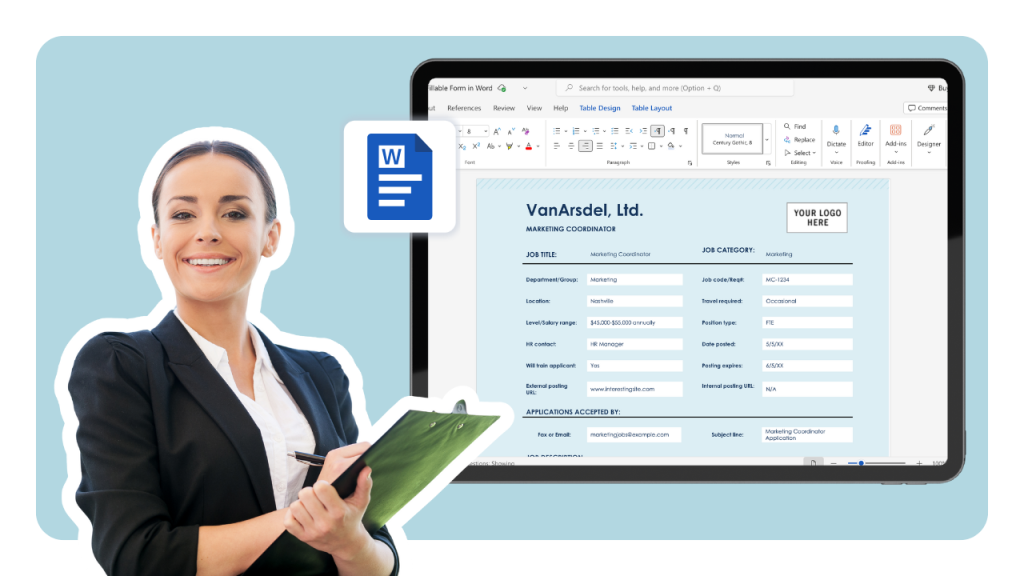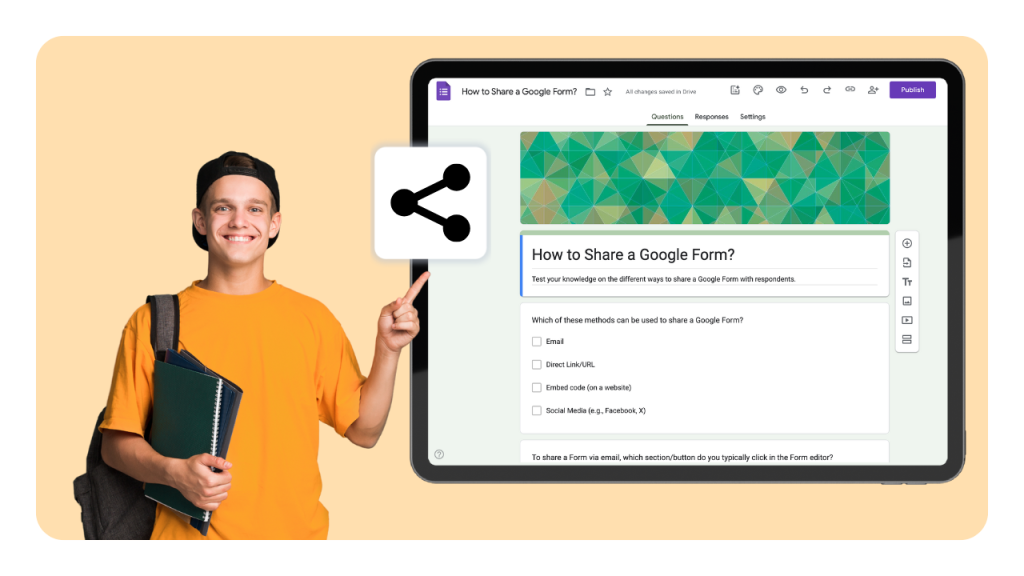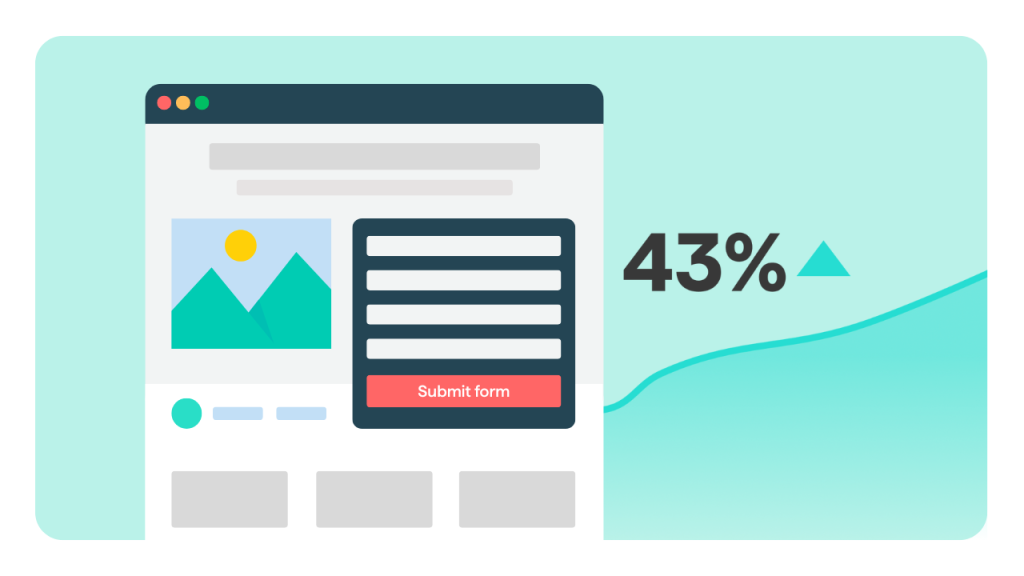Customer feedback serves as the cornerstone of any business, whether it's a startup or an enterprise. Companies should consistently prioritize delivering optimal service and ensuring customer satisfaction. Nonetheless, gathering actionable customer feedback can pose a challenge. That's precisely why it's crucial to formulate the right questions in your feedback surveys!
This article will delve into the significance of personalized feedback surveys, the potential pitfalls of biased questions and answer order, as well as provide prime examples of effective feedback survey questions. Continue reading to uncover valuable insights!
B2B Feedback Questions
B2B surveys are powerful tools to market your efforts to another business. It can help you determine whether your idea is viable or not. Further, it can also help you gain additional leads. Below are some ideas regarding potential questions you can ask your business partners.
1. Product Usage
Understanding how satisfied your customer is with your product is the first step to retaining customers.
Some questions that can be asked are:
How long has it been since you’ve bought the product?
Which feature do you use most often?
Which feature would you consider most useful?
How often do you use the product?
What can be considered your favorite part of the product?
Which new features would you like to see in future updates?
What can be done to improve the product?
Does our product bring you closer to your objectives?
Did you consider any alternatives before buying the product?
How well does our product meet your needs?
2. Satisfaction Scale
Often you might need to ask quantifiable questions to get a better idea of how your customers feel. A satisfaction scale can be a great tool to use in such situations, and this will help you quantify subjective issues and help you target those areas effectively.
Satisfaction scale questions can be implemented in several ways. The most common way is to use a 1-10 scale. Ten means the customer is very pleased with the product while one means they are very unsatisfied.
The second way is to use a descriptive scale. In this, the questionnaire responds with a set of responses. And the last way is to use a picture scale. Here, images are used to describe customer satisfaction, and they can include emojis ranging from sad and indifferent to happy.
Here are some questions that you can ask in your survey:
How pleased are you with our product on a scale of 1 to 10?
Compared to our peers, how would you consider our product?
On a scale of 1 to 10, how likely are you to use our services again?
How satisfied are you with our new update?
How likely are you to agree that our products are high quality?
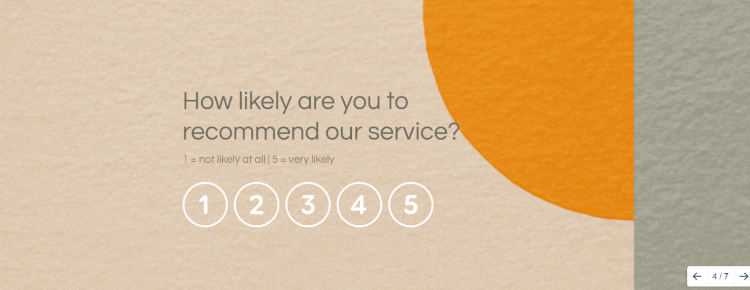
3. Open Questions
These questions are open-ended, and customers can write their responses within a text box. They allow users to express their feelings without constricting specific responses freely. These can often be time-consuming and be skipped by users. However, they provide an opportunity for customers to address any topic freely. Thus, despite their low user usage, they are instrumental in determining your customer satisfaction.
Examples of some questions that can be asked are:
How do you feel about our company and product?
Tell us how we can improve your experience?
What are you likely to say about us to your peers?
Tell us how we can help you achieve your goals?
What is the reason you chose our product?
How would you describe us in your own words?
Would you like to tell us anything?
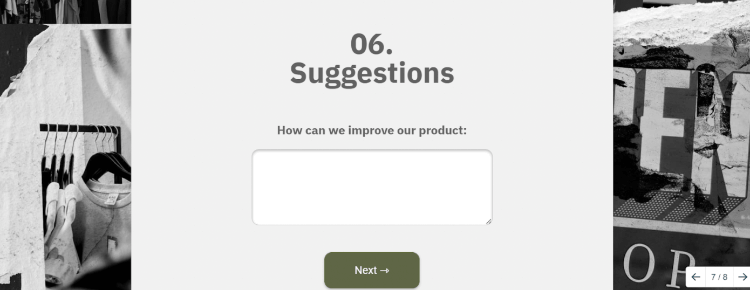
Get Started with Online Surveys
With One Of Our 300+ Templates
Opinion Scale Survey for Real Estate Template
Employee Engagement Survey Template
Opinion Scale Survey Template
Computer Skills Assessment Template
Subscription Box Customer Service Template
Finance Portal Onboarding Funnel Template
B2C Feedback Questions
B2C surveys are important to connect with your customers. These surveys are used by companies that sell their services directly to the general populace. Such surveys are often nuanced due to the large and diverse customer base. Below are some questions types that can be asked in a B2C survey.
1. Demographics
Identifying the demographics of your customers is essential. It helps you identify and target specific groups. It also helps the sales and marketing departments. By pinpointing customer groups, companies can group people based on specific traits. This helps the marketing team generate and realize leads.
Survey questions regarding demographics should not be mandatory. This is because people might not feel comfortable with disclosing such information. Always provide the option not to answer such surveys, and you do not want to distance your customers by making them uncomfortable.
Given below are some examples of questions that you can ask:
What is your age?
What gender do you identify as?
Where are you located currently?
Are you employed?
What is your annual income?
What is your highest level of education?
Are you married?
How many children, if any, do you have?
What is your job title?
2. Satisfaction Scale
Similar to B2B surveys, this part of the survey asks the user to rate the product on a scale. Here are some questions that you can ask:
How would you rate our product?
How did our efforts manage to live up to your expectations?
On a 1 to 10 scale, how likely are you to return to use our services again?
Are you likely to recommend our product to people you might know?
On a scale of 1 to 10, how do you rate your in-store experience?
Please rate your experience with our teams' effort to resolve your issue.
How much value do you give to the product warranty?
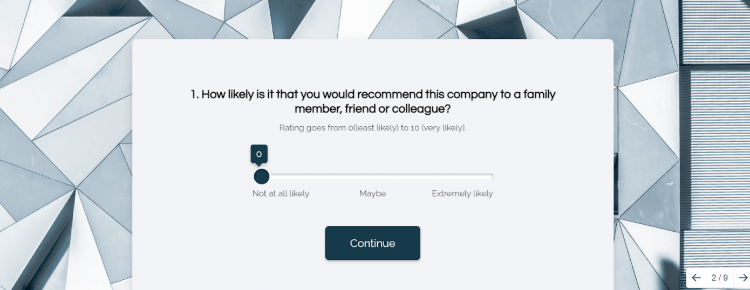
3. Psychographics
These are similar to the demographics. The only difference is that psychographics digs far deeper than demographics. They aim to uncover customer habits, tendencies, and preferences. In short, they try to answer why a customer does what they do.
These questions seem highly invasive but are highly sought out by businesses. It gives an insight into the buying habits of customers. Usually, they ask about the general industry.
You can include the following questions in your survey:
What device do you use to access this service?
How much time do you spend daily on social media?
What's the biggest problem you face when you use our service?
Would you say sustainability matters to you when buying a product?
What would you say you dislike about our product?
How many hours in a day do you spend using our services?
How do you feel about our product?
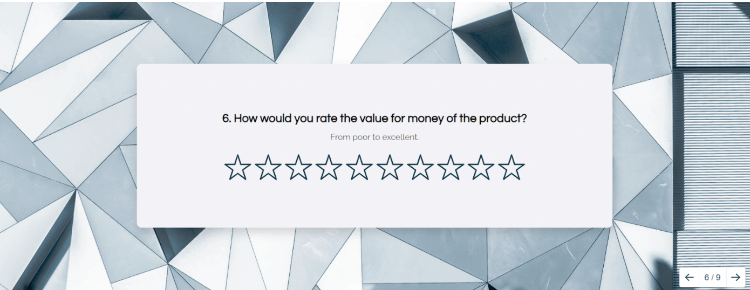
4. Age
Age survey questions often go with demographics. They can be beneficial in the right frame. However, asking them where they are not needed can hurt your feedback survey. Age questions can help segment the market. People within the same age group tend to share similar interests. These questions help you align yourself with your target group. Companies need to be careful when asking age survey questions.
The following examples can be asked:
When were you born?
What generation do you belong to?
What is your age group?
Who was the president when you were born?
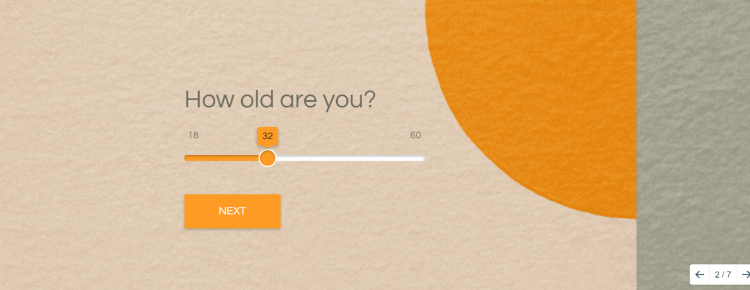
5. Open Questions
Customers can write their feelings or thoughts in this part of the survey. You can ask for something specific or a completely open question like “Is there anything else we should know about?” Customers can tell you about bugs they found or give general feedback. As such, people are free to write whatever they feel like.
Some examples are:
How do you feel about our product?
What do you think we can do to make our product better?
What would you like to tell us?
Tell us your thoughts about our product?
Get Started with Online Surveys
With One Of Our 300+ Templates
Employee Engagement Survey Template
Market Research Survey for Software Template
Employee Feedback Form Template
Free $100 Coupon Giveaway Template
Opinion Scale Survey Template
Workshop Feedback Template
What Are Biased Questions and How to Avoid Them?
In a survey, biased questions are questions that intentionally lead the respondent to a specific answer. They are often phrased in a manner that can confuse them. A biased survey can be detrimental for a company. It can lead them to the wrong conclusion and wrong decisions.
Another way in which questions can become biased is by ordering the questions in such a way as to influence response. This is called answer order bias.
Examples of Biased Questions:
Biased question: How great is our product?
Use instead: How would you describe your experience with our product?
Biased question: How awesome was our customer support?
Use instead: How would you rate our customer support?
Example of Answer Order Bias:
For example, "Which social media network do you use the most?" is one of the questions in your survey. You provide them the option of using LinkedIn, Twitter, Facebook, Instagram, or Snapchat from a list of options.
Market research and the "first-shown" bias indicate that LinkedIn will be chosen more because it will be first on the list, based on historical data and known situations.
What's the best way to deal with these survey biases? The best technique is to randomize the answer order. Here’s a quick tutorial on how to do it:
How to Avoid Biased Questions/Surveys?
Avoiding a biased survey at all costs is important, as customer feedback is a vital part of the decision-making process. You can take the following steps to avoid biased questions.
Don’t use leading questions. These are questions that are intentionally meant to push the answer in a certain direction.
Don't make assumptions regarding customer behavior in your survey.
Avoid questions that can be interpreted in multiple ways.
Avoid using complex and verbose language. Use simple and basic language in your survey.
Don’t use double negatives in your questionnaire. People tend to skip surveys that are difficult to comprehend.
Get Started with Online Surveys
With One Of Our 300+ Templates
Customer Feedback Survey Template
Review Funnel Simple Template
Monthly Service Cancellation Funnel Template
SaaS Cancellation Funnel Template
Cancellation Survey Template
Amazon Review Funnel Template
Final Word
The key to growing your business is asking your customers the right questions. This is why using relevant customer feedback survey questions is essential. When you understand your customer, you can make sounder decisions. Basic and surface-level questions won't provide you with deep insights. Asking questions that target specific issues is vital, and the answers will show you what you need to work on. This is how you can create crucial changes in your company.
Now that you know which questions are the best to ask, you can read further about excellent customer feedback surveys that were used by top companies and also see some related free templates you can use in our involve.me AI survey generator!

